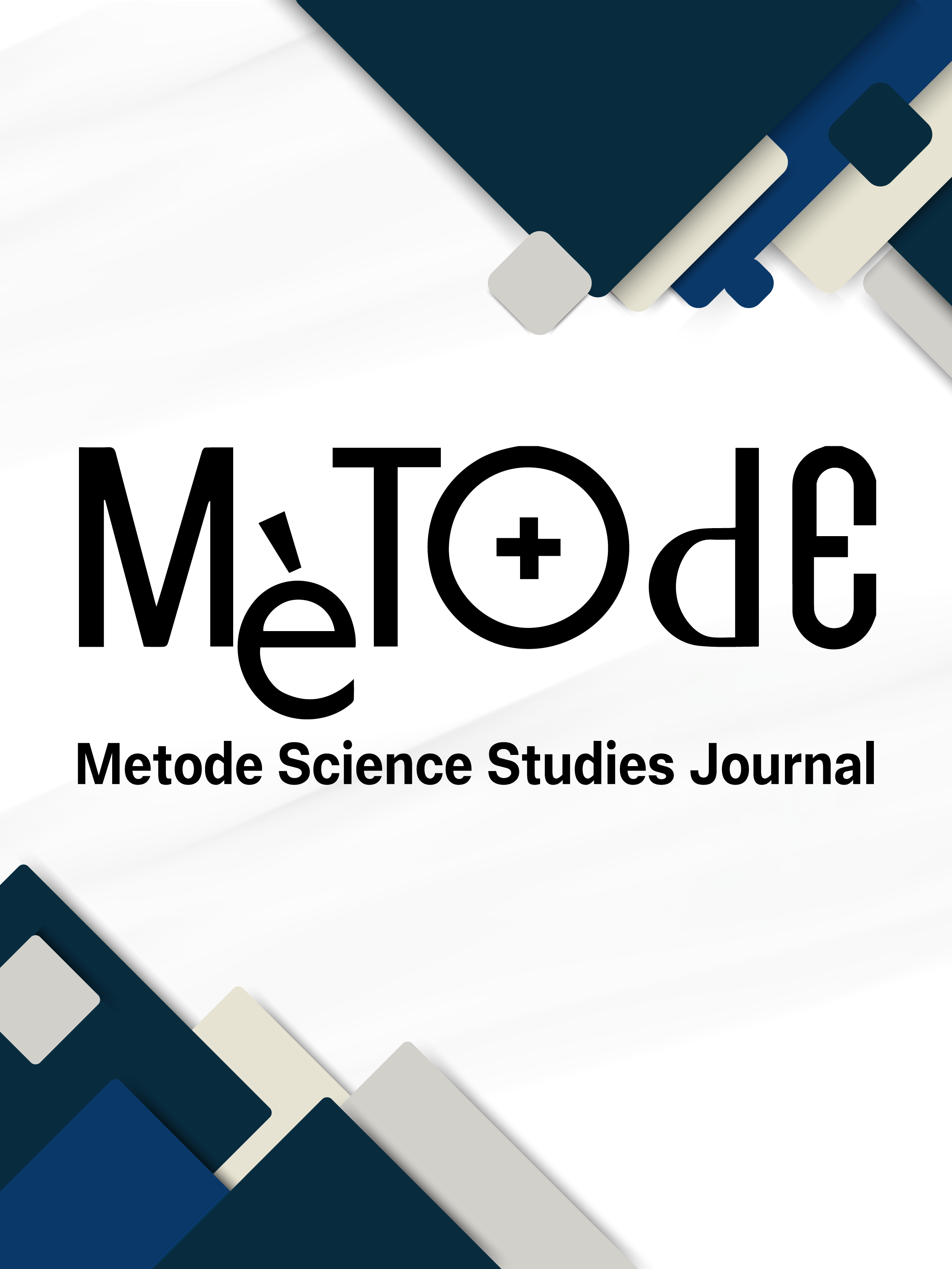Chemicals and human and environmental health
The need for an international panel on chemical pollution
DOI:
https://doi.org/10.7203/metode.15.27513Keywords:
science and policy, DDT, wetland preservation, chemical compound governance, international management bodies Abstract
Abstract
A key element in the improvement of human living conditions brought about by the Industrial Revolution was the synthesis of new chemical compounds, such as dichlorodiphenyltrichloroethane (DDT). These innovations had positive effects on humans and, indirectly, on some ecosystems, such as wetlands. However, many of these compounds also had harmful effects on both humans and wildlife, which were only discovered decades after they were first used. Now, an international group of scientists has proposed the creation of a body similar to the International Panel on Climate Change to study the compounds being produced and to provide social and political managers with the information required to avoid these problems. The United Nations Environment Assembly has decided to create this body.
 Downloads
Downloads
 References
References
Arellano, L., Fernández, P., Fonts, R., Rose, N. L., Nickus, U., Thies, H., Stuchlík, E., Camarero, L., Catalan, J., & Grimalt, J. O. (2015). Increasing and decreasing trends of the atmospheric deposition of organochlorine compounds in European remote areas during the last decade. Atmospheric Chemistry and Physics, 15, 6069–6085. https://doi.org/10.5194/acp-15-6069-2015
Beard, J. (2006). DDT and human health. Science of the Total Environment, 355, 78–89. https://doi.org/10.1016/j.scitotenv.2005.02.022
Bravo, N., Grimalt, J. O., Chashchin, M., Chashchin, V. P., & Odland, J.-Ø. (2019). Drivers of maternal accumulation of organohalogen pollutants in Arctic areas (Chukotka, Russia) and 4,4’-DDT effects on the newborns. Environment International, 124, 541–552. https://doi.org/10.1016/j.envint.2019.01.049
Grimalt, J. O., Fernandez, P., Berdié, L., Vilanova, R. M., Catalan, J., Psenner, R., Hofer, R., Appleby, P. G., Rosseland, B. O., Lien, L., Massabuau, J. C., & Battarbee, R. W. (2001). Selective trapping of organochlorine compounds in mountain lakes of temperate areas. Environmental Science and Technology, 35, 2690–2697. https://doi.org/10.1021/es000278r
Hellou, J., Lebeuf, M., & Rudi, M. (2012) Review on DDT and metabolites in birds and mammals of aquatic ecosystems. Environmental Reviews, 21, 53–69. https://doi.org/10.1139/er-2012-0054
Karlsson, M. (2019). Chemicals denial—A challenge to science and policy. Sustainability, 11(17), 4785. https://doi.org/10.3390/su11174785
Lawrence, F. (2020). Truth decay: When uncertainty is weaponized. Nature, 578, 28–29. https://www.nature.com/articles/d41586-020-00273-4
Llanos, E. J., Leal, W., Luu, D.H., & Estrepo, G. (2019) Exploration of the chemical space and its three historical regimes. PNAS, 116, 12660–12665. https://doi.org/10.1073/pnas.1816039116
Longnecker, M. P., Klebanoff, M. A., Zhou, H., & Brock, J. W. (2001). Association between maternal serum concentration of the DDT metabolite DDE and preterm and small-for-gestational-age babies at birth. The Lancet, 358, 110–114. http://doi.org/10.1016/S0140-6736(01)05329-6
Longnecker, M.P., Rogan, W. J., & Lucier G. (1997). The human health effects of DDT (dichlorodiphenyltrichloroethane) and PCBs (polychlorinated biphenyls) and an overview of organochlorines in public health. Annual Review of Public Health, 18, 211-244. https://doi.org/10.1146/annurev.publhealth.18.1.211
Scheringer, M., Fiedler, H., Suzuki, N., Holoubek, I., Zetzsch, C., & Bergman, A. (2006). Initiative for an international panel on chemical pollution (IPCP). Environmental Science Pollution Research, 13, 432–434. https://doi.org/10.1065/espr2006.09.347
United Nations Environment Programme. (2019). Global chemicals outlook II - From legacies to innovative solutions: Implementing the 2030 agenda for sustainable development, and its summary for policymakers. https://www.unenvironment.org/resources/report/global-chemicals-outlook-ii-legacies-innovative-solutions
Vizcaino, E., Grimalt, J. O., Carrizo, D., Lopez-Espinosa, M. J., Llop, S., Rebagliato, M., Ballester, F., Torrent, M., & Sunyer, J. (2011) Assessment of prenatal exposure to persistent organohalogen compounds from cord blood serum analysis in two Mediterranean populations (Valencia and Menorca). Journal of Environmental Monitoring, 13, 422–432. https://doi.org/10.1039/c0em00483a
Wang, Z., Altenburger, R., Backhaus, T., Covaci, A., Diamond, M. L., Grimalt, J. O., Lohmann, R., Schäffer, A., Scheringer, M., Selin, H., Soehl, A., & Suzuki, N. (2021). We need a global science-policy body on chemicals and waste. Science, 371, 774–776. https://www.science.org/doi/10.1126/science.abe9090
Wania, F. & Mackay, D. (1993). Global fractionation and cold condensation of low volatility organochlorine compounds in polar regions. Ambio, 22, 10–18.
Downloads
Published
How to Cite
-
Abstract559
-
PDF17
Issue
Section
License
Copyright (c) 2024 CC BY-NC-ND 4.0

This work is licensed under a Creative Commons Attribution-NonCommercial-NoDerivatives 4.0 International License.
![]()
All the documents in the OJS platform are open access and property of their respective authors.
Authors publishing in the journal agree to the following terms:
- Authors keep the rights and guarantee Metode Science Studies Journal the right to be the first publication of the document, licensed under a Creative Commons Attribution-NonCommercial-NoDerivatives 4.0 International License that allows others to share the work with an acknowledgement of authorship and publication in the journal.
- Authors are allowed and encouraged to spread their work through electronic means using personal or institutional websites (institutional open archives, personal websites or professional and academic networks profiles) once the text has been published.





